A Testament to Gothic Architectural Grandeur
The West Virginia Penitentiary, located in Moundsville, West Virginia, is a striking emblem of Gothic architecture. Towering over the landscape, this formidable edifice seems to have been plucked from a medieval European town and transplanted into the heart of West Virginia.
Its architectural style parallels the design of the Illinois state prison built in 1858 in Joliet, though it’s a smaller incarnation of the same.
The Penitentiary’s aesthetics carry the unique markers of the Gothic architectural style. The stone structure, robust and intimidating, is accentuated by distinct features such as turrets and battlements, imbuing it with the character of a castellated fortress.
The facade, rich in detail and precision, is a testament to the architectural prowess of its builders, and the Gothic influence breathes life into its seemingly stoic stone surface.
The architectural intricacies of the West Virginia Penitentiary extend far beyond its facade. The practical robustness necessary for its original purpose underscores the structure’s design.
The walls, thick and sturdy at the base, gradually taper off towards the top, demonstrating both the defensive intent of the design and its aesthetic consideration.
The Cells and Prison Yard: A Glimpse into the Past
Within the imposing walls of the Penitentiary, the cell blocks continue the Gothic narrative. The design of these spaces, while primarily functional, harmonizes with the overall architectural theme of the institution. Each cell, a small part of this colossal structure, contributes to the narrative of history and architecture that the Penitentiary embodies.
The prison yard of the Penitentiary is a geometric spectacle. It is shaped like a parallelogram, stretching 82 feet in length and 352 feet in width. These dimensions and the thick stone walls emphasize the facility’s original function as a fortified institution.
The center tower section of the Penitentiary stretches out to a length of 682 feet. This part of the structure houses the main entrance on Jefferson Avenue.
The entrance, grand and welcoming in its design, contrasts sharply with the austere purpose of the institution, creating a striking juxtaposition that adds to the Penitentiary’s unique charm.

Notable Inmates and Infamous Events
Throughout its operational years, the West Virginia Penitentiary housed several high-profile inmates. Each inmate’s story contributes a piece to the Penitentiary’s fascinating historical puzzle. Among these were individuals who made national headlines, their infamy transcending the stone walls of their incarceration.
One such individual was Eugene V. Debs, a labor activist who found himself within the Penitentiary’s walls in 1919.
Debs, whose activism had brought him into conflict with the government, was charged with violating the Espionage Act of 1917. However, his stay was brief, lasting from April 13 to June 14, before he was transferred to another prison in Atlanta.
In contrast to Debs, who fought for workers’ rights, R.D. Wall’s story paints a darker picture of life inside the Penitentiary. Known by his inmate number, 44670, Wall’s fate was sealed when he broke an unwritten snitching code among prisoners.
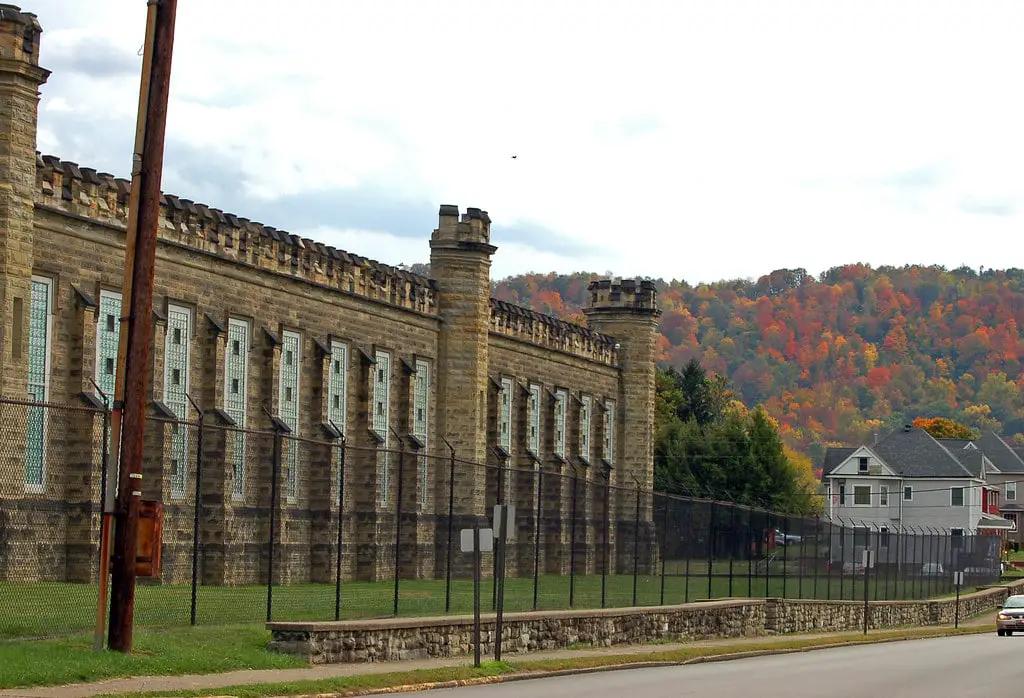
After he snitched on his fellow inmates, he was brutally attacked and killed in 1929 on his way to the boiler room.
Charles Manson, synonymous with murder and chaos, also requested a transfer to the West Virginia Penitentiary in 1983. Manson sought to be closer to his family, but his request was denied, leaving him to serve his sentence elsewhere.
Perhaps the most chilling tale from the Penitentiary involves the escape of Ronald Turney Williams in 1979. During his escape, Williams murdered a West Virginia State Trooper, leading to a nationwide search that lasted eighteen months.
His capture only came after a shootout in New York City, after which he was returned to West Virginia to serve several life sentences.
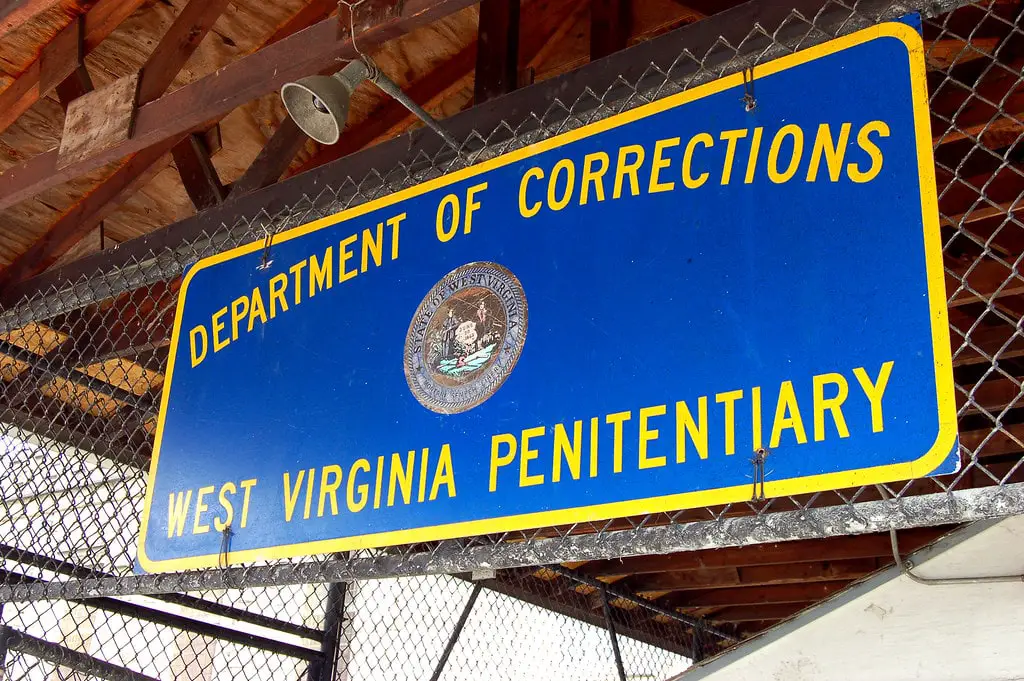
From Prison to Cultural Landmark
Since its closure as a functioning prison in 1995, the West Virginia Penitentiary has found a new lease on life. No longer a place of confinement, it has been reborn as a tourist attraction, a museum, a training facility, and a unique filming location.
Its transformation into a popular tourist destination has allowed the public to explore and appreciate the Penitentiary’s rich history and architectural grandeur.
Visitors can walk through the same corridors that once held notorious criminals, adding a touch of realism and immersion to their historical journey.
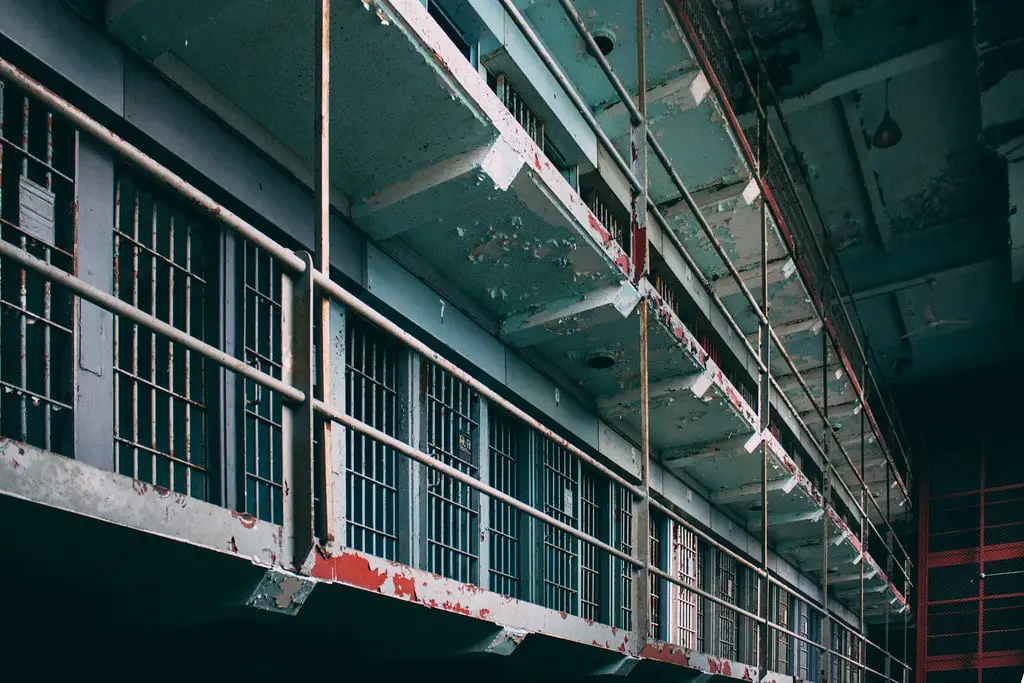
Moreover, the Penitentiary’s unique Gothic architecture and atmospheric interior have made it a sought-after location for filmmakers. Its distinct aesthetic and historical significance lend authenticity to film and television productions, contributing to the cultural preservation of the site.
In conclusion, the West Virginia Penitentiary in Moundsville, WV, is a testament to a bygone era. Its striking architecture, historical significance, and current usage as a cultural landmark make it an intriguing subject of study.
Whether it’s the detailed design of the cells, the chilling tales of high-profile inmates, or its transformation into a filming location, the Penitentiary continues to captivate the imagination of all who delve into its history.

Appearances in Media
The West Virginia Penitentiary’s unique history and imposing architecture have caught the attention of various media outlets, leading to its feature in books, films, television shows, songs, and video games.
Novels
The Penitentiary has been a significant element in novels by Moundsville native Davis Grubb. His works, “The Night of the Hunter” and “Fools’ Parade” (known as “Dynamite Man from Glory Jail”), are both set in Moundsville, with the prison playing a critical role in the narratives.
These narratives bring the Penitentiary to life, immersing readers in the gritty and compelling stories that unfold within its walls.
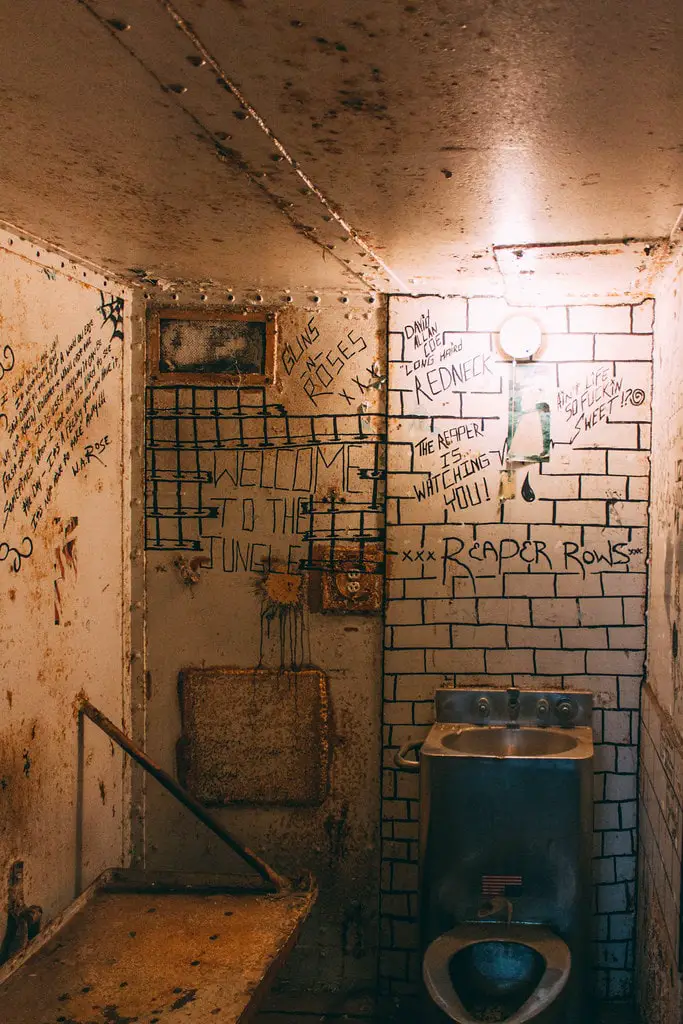
Film and Television
Building on the novels’ success, “Fools’ Parade” and “The Night of the Hunter” were adapted into major motion pictures. “The Night of the Hunter” was brought to the silver screen in 1955 by Charles Laughton and James Agee, starring Robert Mitchum and Shelley Winters.
“Fools’ Parade” came to theaters in 1971, featuring a cast that included James Stewart, Kurt Russell, and George Kennedy. These adaptations allowed audiences to explore the prison and its haunting presence visually.
The Penitentiary has also served as a filming location for various other projects. For example, in 2013, scenes from the film “Out of the Furnace” were shot on-site at the Penitentiary, leveraging its authentic atmosphere.
The prison was also the setting for MTV’s paranormal reality television series “Fear,” featured in the first episode of the first season. In addition, the Hulu original series “Castle Rock,” based on Stephen King’s works, used the Penitentiary as a stand-in for Shawshank State Prison.
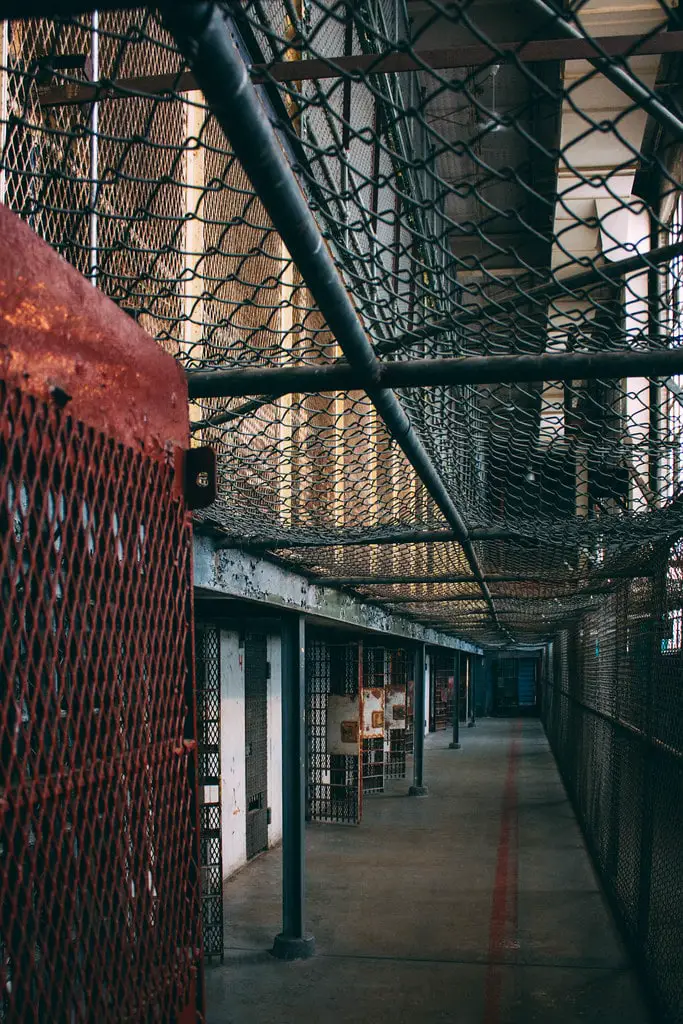
The Penitentiary was chosen over the Ohio State Reformatory in Mansfield, Ohio, used for the 1994 movie “The Shawshank Redemption.” This decision was influenced by the showrunners’ intention to bring more prominence to the town surrounding Shawshank.
Further television appearances include the Netflix Original Series “Mindhunter,” which used external shots of the Penitentiary for Season 1 Episode 4.
In 2018, the Penitentiary and the town’s history were spotlighted on the Travel Channel’s paranormal TV series “Most Terrifying Places in America.” In addition, the episode “Cursed Towns” also showcased the Penitentiary as a haunted location, further enhancing its reputation for the eerie and supernatural.
The prison and its intriguing past were brought into focus during the fifth season of “Mysteries of the Abandoned,” a TV series that aired on the Science Channel on November 14, 2019.
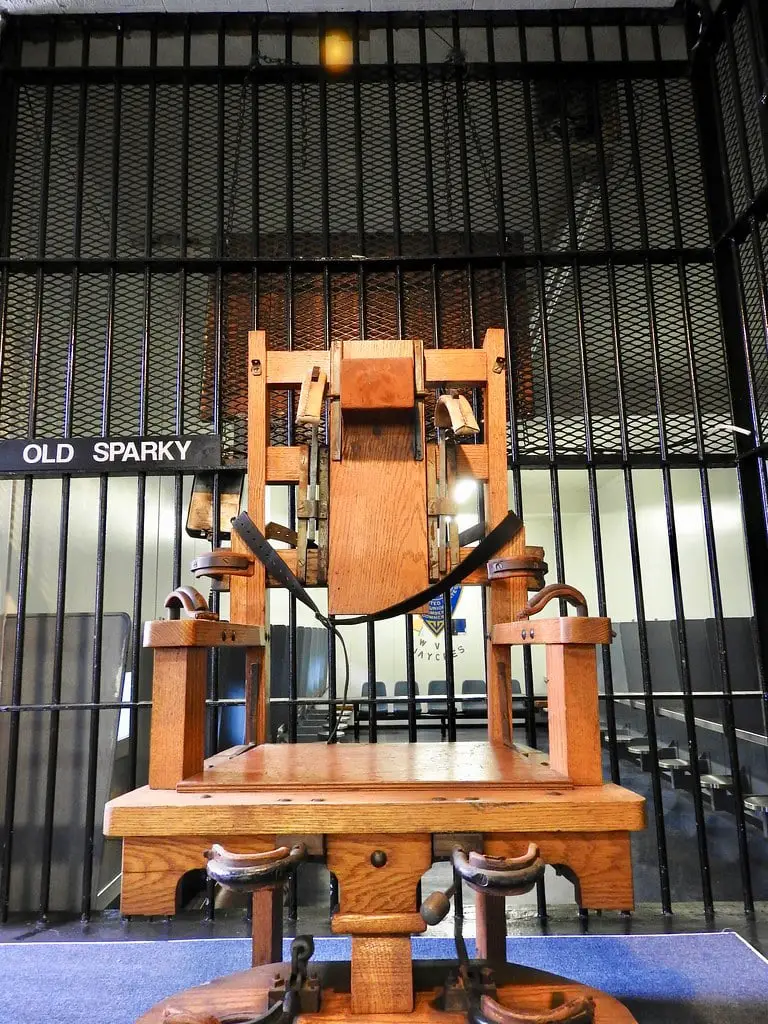
These various appearances in media showcase the Penitentiary’s enduring cultural significance, rich history, and Gothic architecture, ensuring that the West Virginia Penitentiary continues to captivate audiences worldwide.
Bundle your hotel + flight together to save more on your next trip! Book now at Expedia.com

